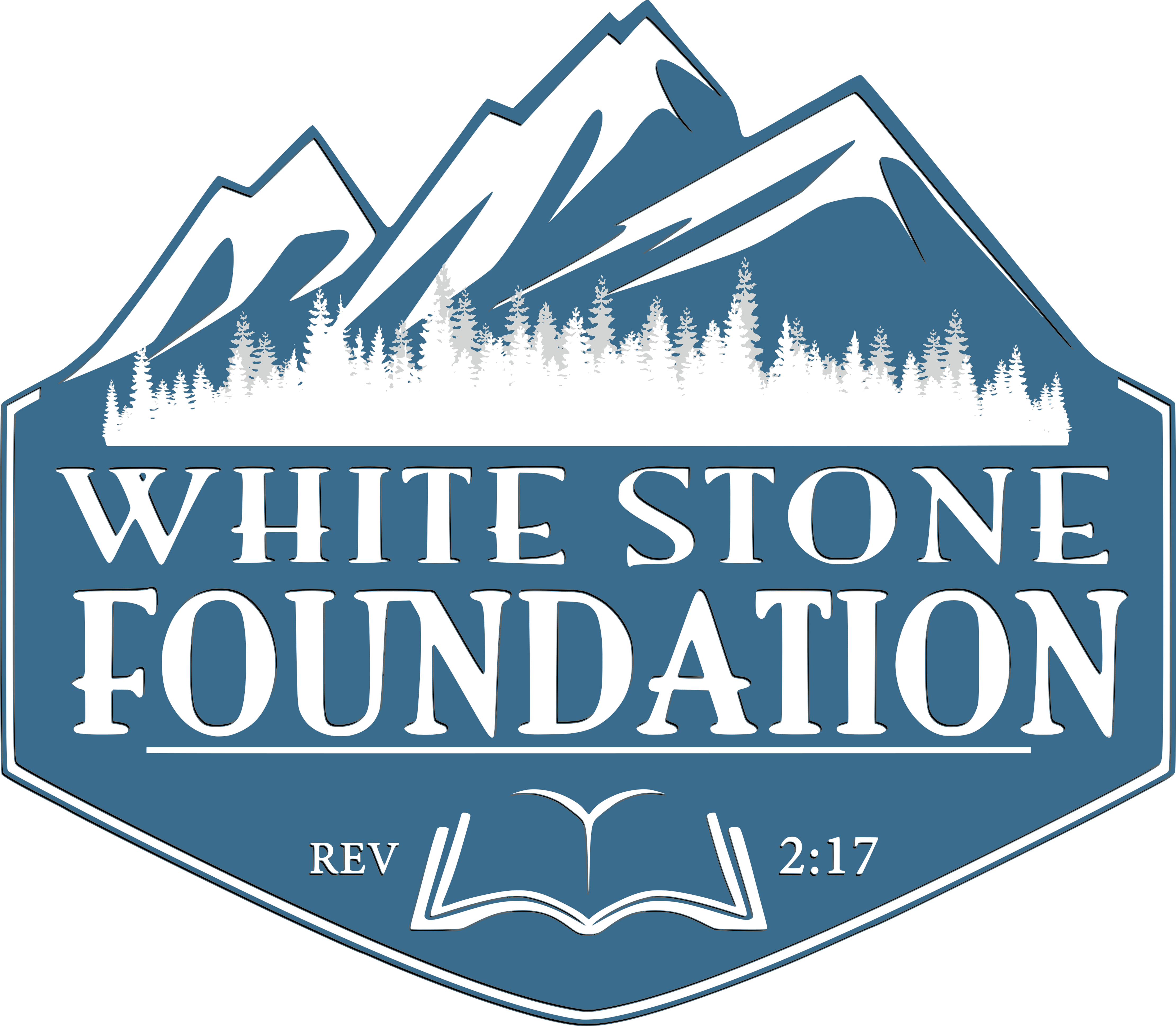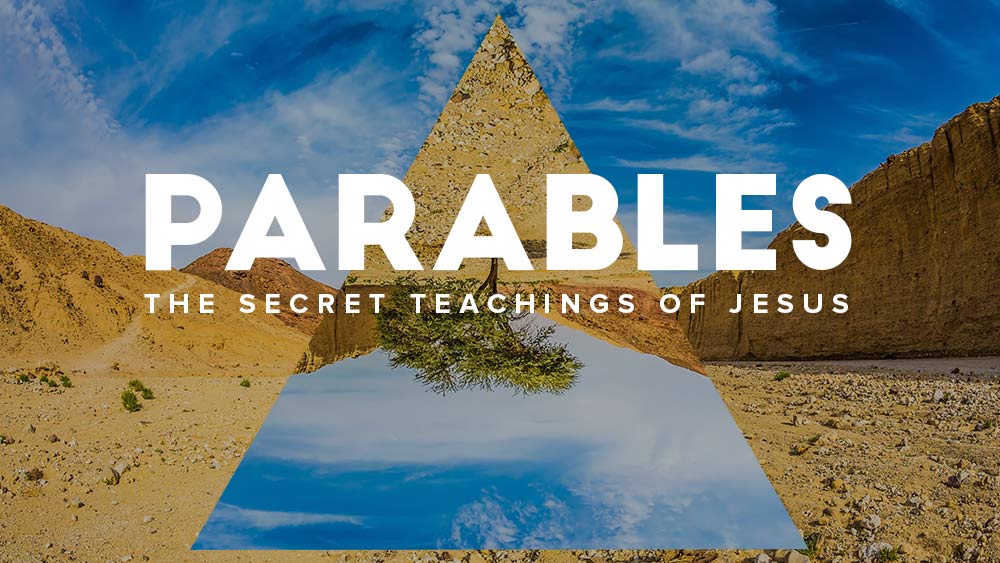Parables can be defined as allegorical stories, masked of their meanings, and used to explain a spiritual or doctrinal truth. It is a concept that predates modern civilizations and has its best memorial in the life and ministry of the Great Teacher of Galilee. To many a scholar, this concept is understood as a teaching method among the ancients. It has variations in terms like riddles, proverbs and pithy. Within this written piece, we are going to assume upon this concept, prove its authenticity as a methodology or tool of study and observe its use within the Midnight Cry Message.
The word parable, when looked for within the Greek lexicon, means very many things. One definition is: a placing of one thing by the side of another, juxtaposition, as of ships in battle. Another is: a comparing, comparison of one thing with another, likeness, similitude. Lastly, and the meaning with which we are most familiar, parables are narratives, fictitious but agreeable to the laws and usages of human life, by which either the duties of men or the things of God’s kingdom are figuratively portrayed: an earthly story with a heavenly meaning.
Additionally, the above definitions are the words penned in inspiration by Ellen G. White. Inside her book, Christ Object Lesson, there are valuable gems on how this concept might be understood. The first two paragraphs offer some needed explanation and are quoted in the ensuing sentences. “In Christ’s parable teaching the same principle is seen as in His own mission to the world. That we might become acquainted with His divine character and life, Christ took our nature and dwelt among us. Divinity was revealed in humanity; the invisible glory in the visible human form. Men could learn of the unknown through the known; heavenly things were revealed through the earthly; God was made manifest in the likeness of men. So it was in Christ’s teaching: the unknown was illustrated by the known; divine truths by earthly things with which the people were most familiar.
“The Scripture says, “All these things spake Jesus unto the multitude in parables; . . . that it might be fulfilled which was spoken by the prophet, saying, I will open My mouth in parables; I will utter things which have been kept secret from the foundation of the world.” Matthew 13:34, 35. Natural things were the medium for the spiritual; the things of nature and the life-experience of His hearers were connected with the truths of the written word. Leading thus from the natural to the spiritual kingdom, Christ’s parables are links in the chain of truth that unites man with God, and earth with heaven.” Christ Object Lesson, page 17.
It should be observed that parables entail the things of nature and life experience. It is a tool that instructs on divine, heavenly truths through the use of natural, earthly things. Often these truths are predictive of something future and bear the semblance of a prophecy. Parables, when viewed within its first scriptural usage, is a prophecy. For proof of this latter thought, consider the words of Numbers 23: 7- 10 “And he took up his parable, and said, Balak the king of Moab hath brought me from Aram, out of the mountains of the east, saying, Come, curse me Jacob, and come, defy Israel. How shall I curse, whom God hath not cursed? or how shall I defy, whom the LORD hath not defied? For from the top of the rocks I see him, and from the hills I behold him: lo, the people shall dwell alone, and shall not be reckoned among the nations. Who can count the dust of Jacob, and the number of the fourth part of Israel? Let me die the death of the righteous, and let my last end be like his!” This oracle, one of four that Balaam speaks, is a lovely blend of present realities with future predictions. All four oracles carry this feature, but for its most clear view, we need to look further in chapter 24: the final oracle. “And he took up his parable, and said, Balaam the son of Beor hath said, and the man whose eyes are open hath said: He hath said, which heard the words of God, and knew the knowledge of the most High, which saw the vision of the Almighty, falling into a trance, but having his eyes open: I shall see him, but not now: I shall behold him, but not nigh: there shall come a Star out of Jacob, and a Sceptre shall rise out of Israel, and shall smite the corners of Moab, and destroy all the children of Sheth. And Edom shall be a possession, Seir also shall be a possession for his enemies; and Israel shall do valiantly. Out of Jacob shall come he that shall have dominion, and shall destroy him that remaineth of the city.” These verses of Numbers 24 require no explanation as many know when the Star of Jacob and the Sceptre of Israel arose and did the work predicted in the verses. One cannot deny that the fulfilment is future to the Balaam dispensation. There are schools of thought, which assign the accomplishment of these actions either to the actions of David or Christ; both of whom are external as well as future to Balaam’s time.
To summarize, parables are prophecies given through the things of nature and life experiences. They work by placing two things alongside each other; to compare and contrast them. The reasons for its uses are many. Christ Object Lessons list them as follows:
- To present truths not easily accepted or understood,
- To associate with nature the truths of the written word,
- To awaken inquiry and interest among the hearers, and
- To veil truth in such a way as to have no accusation raised against you by the enemies.
With all the above truths in mind, how is this concept a methodology: how is it a set of rules, methods, procedures or policies by which the Bible can be studied? For an answer, we have to look to the Midnight Cry Message of the recent past. Within this message, parables are seen through a set of procedures that are followed either singularly or in combination. These measures are specific to sub-concepts that fall within parabolic methodologies. Among these sub-concepts are: chiasm, repetition and enlargement, juxtaposition, compare and contrast, natural and spiritual. This latter list is not exhaustive in what it tells you; however, one can, from it, see the machination of parables within the midnight cry message. Let us observe how.
The message that entered the movement on September/October of 2018 was somewhat sealed to the mind. Up to March of this year (2019), many within the movement were unclear as to what that message taught. The ambiguity that characterized its information was attributable to its heavy, clandestine use of parables, not as a set of information, but as a methodology. The lines of Acts 27, Pyrrhus, Revolutions, Counterfeit, World War 2 and Daniel 11: 40 were natural things by which our history could be understood. The structures these truths applied to our reform line is just one of the many advantages of using parables as a methodology. Each history gave a detailed set of expectations to assign to the future; the most obvious are listed below:
- Acts 27: Definite time is expected to be had on when the Sunday Law will be. Acts 27: 27 and 28. The fifteen and twenty fathoms amount to 2520 inches. The presence of the 2520, the key that unlocks time, is indicative that at the Midnight Cry we will have definite time for the shipwreck.
- Pyrrhus: The king of the north and south alternate in provoking the conflict between them. In the alpha history, the king of the north has two victories, while in the omega it has one. This structure is then applied over our history and informs that Russia will win Heraclea and Asculum while the United States will only win Panium.
- Revolutions: There is an observable pattern of revolution, preparation and counter-revolution visible among the French, American, German and Russian Revolutions. This pattern, with its key characteristics, have been applied to the waymarks of 9/11, 2019, 2020 and Panium/ Sunday Law. 9/11-2019= Revolution; 2019-2020= Preparation, 2020- Panium/Sunday Law= Counter-Revolution.
- Counterfeit: A detailed copy has been made, by Satan, of God’s dealings with His people. In consequence of this, the student of prophecy cannot but see that there are two histories to the rise of Modern Babylon: an alpha and an omega. This observation is the copy of the Millerites’ history and that of the one hundred and forty-four thousand.
- World War 2: The invasions which characterized the conflicts of the war has helped us to see World War 3 as comprising of the same. Ipsus, Heraclea, Asculum and Beneventum can be seen as invasion and not only battles. World War 2 also informs that the war is fought on two fronts the western and the eastern. This latter reality has also informed how portions of our reform line have been viewed.
- Daniel 11:40: A comparison between parts a. and b. of Daniel 11:40 has clarified the resurgence of the king of the south into prophetic history. This clarification has, in its turn, amended our outlook on world events; as we are currently operating under the understanding that the king of the south is a resurrected variation of the Soviet Union.
The process by which we came to the realizations and or observations was through parables. More specifically, we have utilized comparison and contrast, chiastic structures, repetition and enlargement, natural and spiritual, as well as juxtaposition to come to the answers bulleted above. In a future blog, we will seek to answer how these solutions were reached. Until then, please be reminded of the power of parables as a set of rules, policies or procedures. It is what generated the information we find within the midnight cry message, and it did so simply: through comparing and contrasting the known with the unknown, the natural with the spiritual. The results of such an approach are nothing short of glorious: the midnight cry message is the best proof of this fact.

